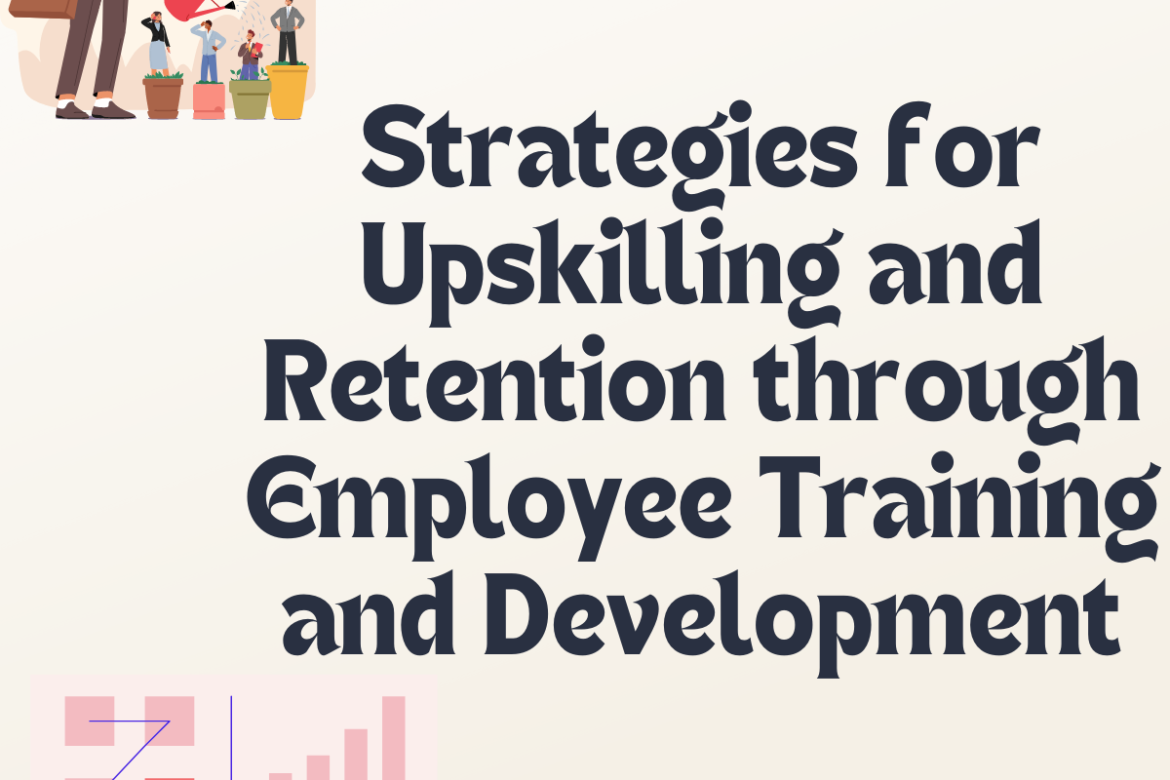Employee training and development play a vital role in upskilling employees, boosting productivity, and increasing employee retention. Here are some strategies to effectively implement employee training and development programs:
- Assess training needs: Conduct a thorough assessment of your employees’ skills, knowledge gaps, and development needs. This can be done through surveys, performance reviews, and feedback sessions. Identify key areas where training can enhance employee performance and align with organizational goals.
- Create a development plan: Based on the assessment, develop individualized development plans for employees. Set clear goals, objectives, and timelines for their skill development. Ensure the plan is aligned with both the employees’ career aspirations and the organization’s strategic priorities.
- Provide diverse learning opportunities: Offer a range of learning opportunities to cater to different learning styles and preferences. This can include instructor-led training, online courses, workshops, conferences, mentorship programs, job rotations, and cross-functional projects. Encourage employees to take ownership of their learning journey.
- Leverage internal expertise: Tap into the knowledge and expertise of your internal talent. Encourage subject matter experts within the organization to share their knowledge through training sessions, workshops, or mentoring. This promotes a culture of learning and collaboration.
- Utilize external resources: Explore external training resources such as industry conferences, webinars, and online learning platforms. Encourage employees to pursue certifications, attend workshops, or enroll in courses that enhance their skills and knowledge.
- Foster a learning culture: Create a supportive environment that values continuous learning and professional development. Encourage employees to share their learning experiences and success stories with their peers. Recognize and reward employees who actively engage in learning and apply their newly acquired skills.
- Support ongoing learning: Provide resources and support systems to facilitate continuous learning. This may include access to learning management systems, libraries, online resources, and subscriptions to relevant publications. Encourage employees to allocate dedicated time for learning and allow flexibility in their schedules to attend training sessions.
- Implement mentorship programs: Establish formal or informal mentorship programs that pair experienced employees with those seeking guidance and development. Mentors can provide valuable insights, share knowledge, and help mentees navigate their career paths.
- Measure training effectiveness: Regularly evaluate the effectiveness of training programs by collecting feedback from participants, analyzing performance improvements, and tracking key metrics. Use this data to refine and improve future training initiatives.
- Career development opportunities: Link training and development initiatives to career advancement opportunities within the organization. Provide a clear career path for employees and offer advancement programs, succession planning, and promotional opportunities based on their acquired skills and performance.
- Continuous feedback and coaching: Provide ongoing feedback and coaching to employees to help them apply their newly acquired skills in their daily work. Encourage managers to have regular discussions about development goals, progress, and areas for improvement.
- Stay current with industry trends: Keep up with industry trends and technological advancements to ensure that your training programs remain relevant and up to date. Align training initiatives with emerging skills and competencies required in the evolving workplace.
Remember, a successful training and development program requires a long-term commitment and regular evaluation. By investing in your employees’ growth and providing them with opportunities to enhance their skills, you can foster a culture of learning, improve retention rates, and drive organizational success.

